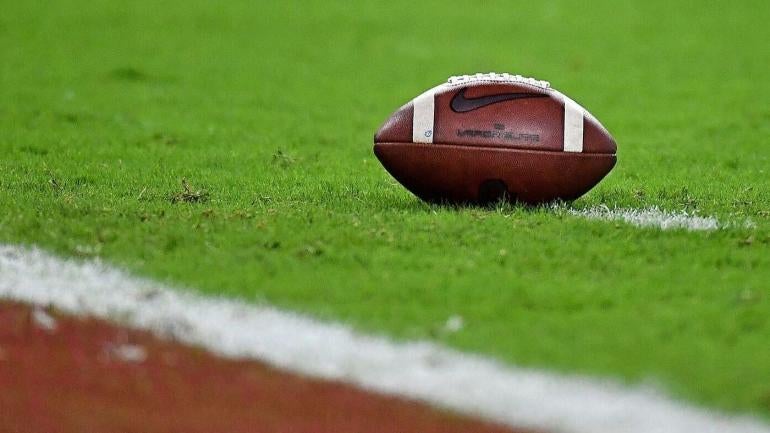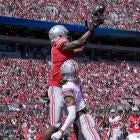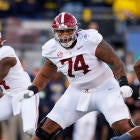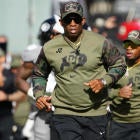
Ever since the coronavirus pandemic started a few months ago, most of the talk in the college sports space has centered around beginnings.
When can we practice? When can we play? When can we hug and hold college football again?
A noted University of Illinois computer science professor has some troubling data to consider regarding widespread infection and even death.
Dr. Sheldon Jacobson told CBS Sports he expects a 30%-50% infection rate of the approximately 13,000 players competing in FBS this season. Based on his research, he also projects 3-7 deaths among those players due to COVID-19.
"A few of them could end up in the hospital, and you'll have a small number who could die," Jacobson told CBS Sports. "I don't want to sugar coat it for you. I just want to give you the facts. … If everybody comes together under normal circumstances, we'll probably see that kind of outcome."
Jacobson made his projections from CDC data that estimates one death per 1,000 people who have symptoms in the college age group (18-22). Taking into account that range and medical care provided for football players, the death rate would be lower than the general population, Jacobson said.
He stressed those numbers could change. Based on available statistics, less than 1% of the U.S. population has been diagnosed with the coronavirus. Approximately 5% of the 2.6 million cases in the U.S. have resulted in death.
Obviously, not everyone has been tested. However, with students assembling in large numbers on campuses in the fall, that ramps up the overall risk and likelihood of infection at universities.
"I guarantee someone is going to die," Jacobson said. "The virus does not discriminate."
Linemen are the most susceptible because of their generally obese body types.
Jacobson's estimates were backed up by Dr. Michael Saag, professor of medicine and infectious diseases at UAB.
"That's not a hard projection to make now that I'm sitting here thinking about it," Saag said. "Any death would be horrible. More than a couple would be a shame, actually."
That is the main question for college football. What impact would even one death make in college athletics' biggest money-earning outfit?
It might be enough to shut down not only a program but the sport. College football is in a tenuous spot as players return for voluntary workouts. There have been several outbreaks of positive tests.
"If it's the starting quarterback for Alabama, that's going to get a different level of attention than a third-string safety at Illinois," Jacobson said. "The fact is the problem you're talking about is much bigger than football. How much risk are you willing to tolerate on your campus to be able to open it up?
"The research suggests how much risk you're willing to take will determine what kind of outcomes you'll have. To think you'll run away from infections is naïve."
Jacobson's research has been used to create public health policy. His research on risk-based security helped design TSA PreCheck at airports.
In a guest column published by the Wisconsin State Journal in April, Jacobson wrote that a low-case fatality rate of only 0.01% could mean five deaths on a campus of 50,000 students.
A recent University of Washington study showed a 1.3% mortality rate for those with COVID-19 symptoms. The seasonal flu death rate is 13 times less at 0.1%.
Jacobson added that the population football players would be "better taken care of."
"You bring a group of 20,000, 30,000, 40,000 students together who like to party and mingle -- even with all the protocols for social distancing -- you're going to have a lot of infections," Jacobson said. "The good thing is, most of them are going to be asymptomatic or benign. [However,] a few of them could end up in the hospital, or you'll have a small number who could die."





















